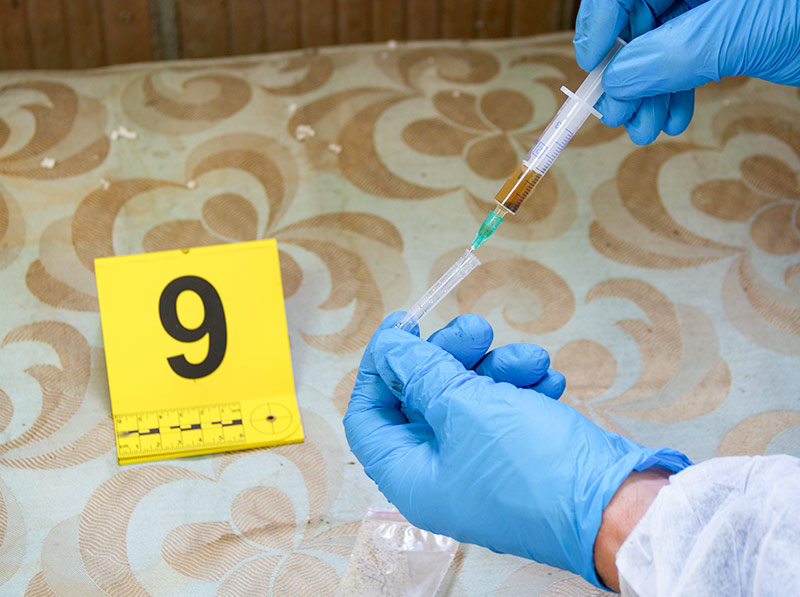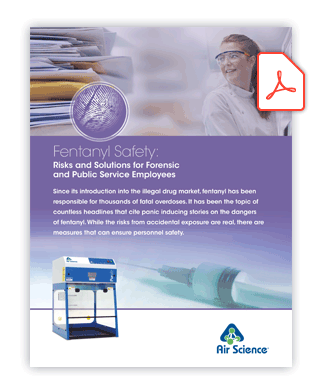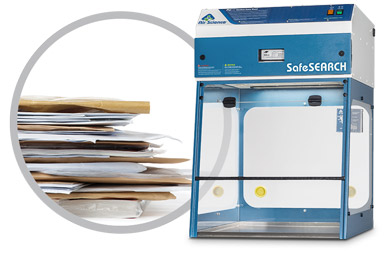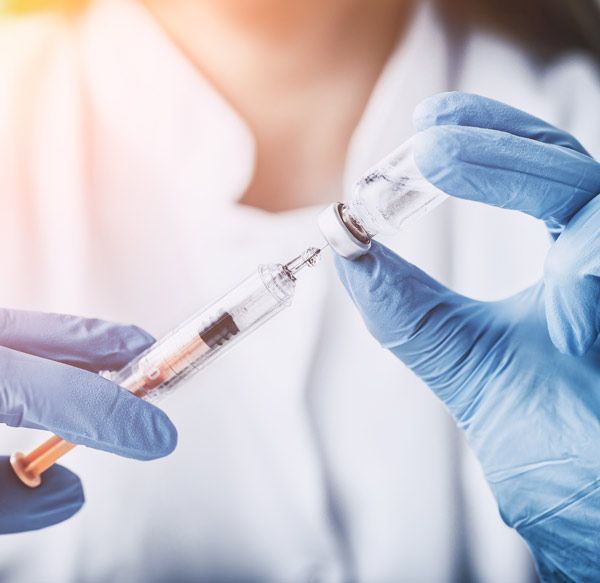

First responders, including law enforcement, fire, rescue, and emergency service personnel are consistently placed in situations that endanger their safety. In many cases, the dangers present can be easily identified, such as a fire or a leaking fuel tank following a crash. In certain instances, however, dangers may be present that are much harder to identify. The prevalence of narcotics in mainstream society is not only devastating the population, but present an ever-present danger for first responders as they strive to balance speed and efficiency in treatment with their own safety. Training, situational awareness, and constantly evolving best practices can help first responders mitigate their risk of exposure to these chemicals and properly treat themselves if they are accidentally exposed.
Protection against Narcotics Exposure
Narcotics can be found in many forms – powder, tablets, capsules, solutions, and rocks – many of which look completely benign upon initial review. The most likely method of exposure to cause adverse effects is inhalation of powder or residue. The most likely exposure method first responders will encounter is physical skin contact. Personal protective equipment is extremely effective at limiting exposure risk when first responders arrive on-scene.
If upon arrival and examination of the scene, first responders suspect narcotics present, they should take these steps to help avoid exposure:
- Use a properly fitted respirator and goggles to help avoid inhalation or contact from visible particles in the air.
- Wear impermeable gloves when handling any evidence, touching victims’ skin, or moving debris to gain better access.
- Avoid any action that may cause suspected dust to become airborne. This can be something as simple as opening a door quickly or even turning on a fan to clear smoke. Always be aware of the potential for airborne particles.
- Follow departmental guidelines for areas that appear to contain high levels (this often involves higher levels of PPE be worn and special decontamination methods followed).
What Can I do if I am Exposed?
If you suspect you have been exposed to a narcotic, prevent further exposure and immediately notify dispatch and other first responders.
- Be careful to not touch your eyes, mouth, or nose as these are key absorption areas.
- Avoid using hand sanitizer as this can speed absorption through the skin.
- Wash the skin with copious amounts of cool water and soap, being especially thorough prior to eating or drinking, smoking, or using the restroom.
Air Science produces equipment that helps guard against narcotics exposure. Download our ebook to learn more or contact us today for a quote.
Resources

Ebook: Protect Against Fentanyl Exposure


